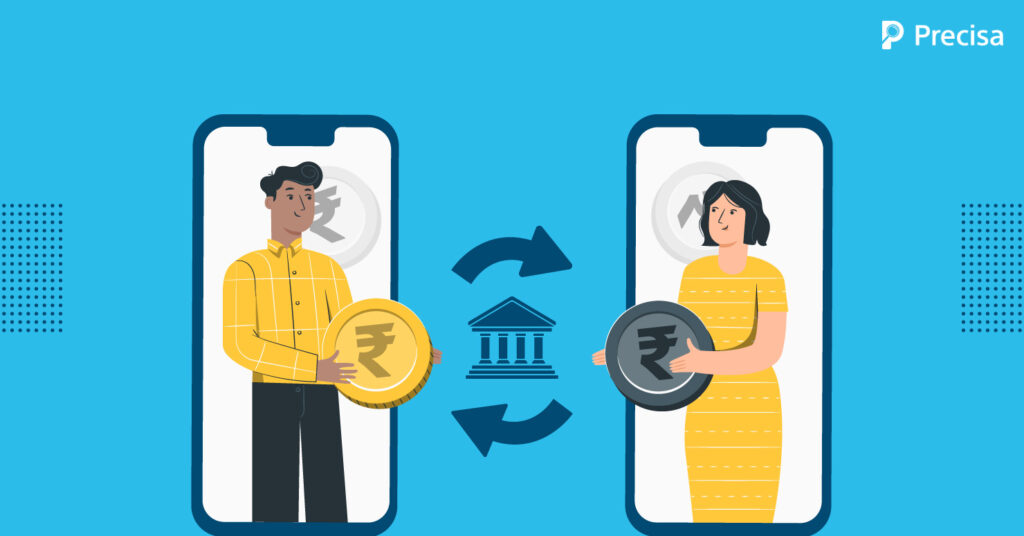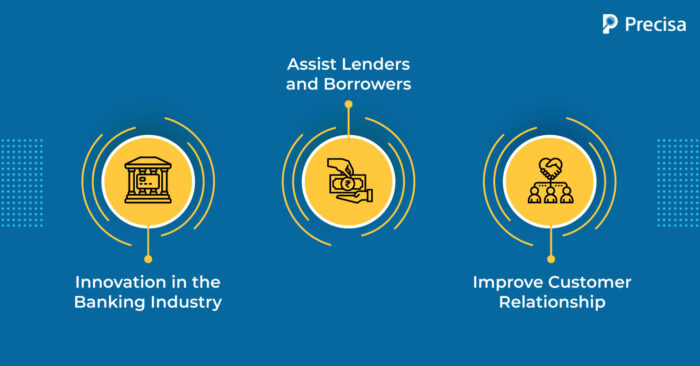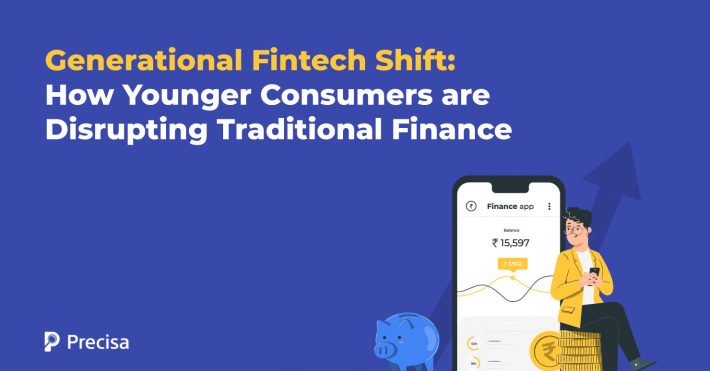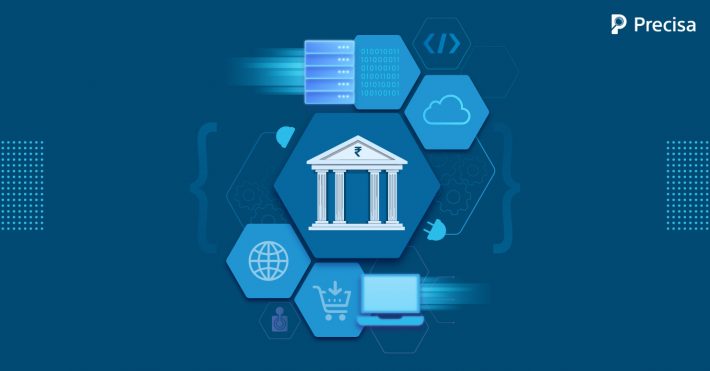A Low-Down on the Unbelievable Digital Revolution in Open Banking

In 1994, when Microsoft founder Bill Gates said, “Banking is necessary, banks are not,” many could not comprehend his logic. However, going to a bank for banking transactions is unusual today. The financial services industry has undergone a paradigm shift because of fintech companies. With the widespread usage of the Internet, digital channels such as online and mobile banking services have become the norm.
Over the past few years, the banking sector has seen a significant digital revolution, and the traditional banking concentration is gradually disappearing. Several regulatory initiatives, including the most recent one known as open banking, aid in replacing antiquated money management methods with more innovative online or mobile services. This revolution has allowed every player in the financial sector to manage their finances better, make informed decisions, and use cutting-edge financial solutions with confidence and transparency.
What is Open Banking?
Open banking is a financial practice that gives third-party financial service providers free access to customer banking, transaction and other financial data from banks and non-bank financial companies via application programming interfaces (APIs). Open banking will enable the networking of accounts and data across institutions, benefiting customers, financial institutions, and outside service providers. Open banking is rapidly emerging as a significant driver of innovation that has the potential to transform the banking sector.
By enabling banks to safely exchange their data with third-party financial service providers using open standards and APIs, open banking offers consumers greater control over their accounts, enhanced technological innovation, and heightened competition in the financial industry.
Open Banking Solutions and Trends
The global market for open banking is likely to increase from $15.13 billion in 2021 to $19.14 billion in 2022 at a compound annual growth rate (CAGR) of 26.5%. The market anticipates growing at 25.9% to reach $48.13 billion in 2026.
Globally, open banking is becoming popular. A rising digital landscape, accelerated technological innovation, and shifting customer tastes combine with regulatory interventions to create a disruptive potential that could lead to genuinely revolutionary change.
1. PSD2/PSD3
PSD2 is a European regulation for electronic payment services. It seeks to make payments more secure in Europe, boost innovation and help banking services adapt to new technologies. PSD2 is evidence of the increasing importance APIs are acquiring in different financial sectors. The new regulation, implemented between January 13, 2018, and September 14, 2019, entails fundamental changes in the industry as it gives third parties access to bank infrastructure.
A unified payment market was intended to be developed in the European Union to foster innovation, competition, and efficiency. This was the goal of the Payment Service Providers Directive (PSD), introduced in 2007.
In 2013, the European Commission proposed improving consumer protection, boosting competition and innovation in the payments services sector and reinforcing security, which would facilitate the development of new payment methods and eCommerce.
PSD3 will likely spur further innovation in payments, lending, insurance and more. It is an upcoming framework that regulates electronic payments and the banking ecosystem within the European single market area (EEA).
2. Embedded Finance
Embedded finance includes financial products in a company’s portfolio even though its primary business is not the financial sector. With the aid of this technology, companies from various sectors can assume the role of a bank and offer personalised services that are better suited to the needs of their clients.
Embedded finance combines the user experience in one place and streamlines the user journey. But there are more opportunities for innovation with open banking, such as cardless payments and personalised offerings.
Embedded finance has built on open banking technology with the added layer of integrating one service with another. In addition to facilitating data exchange between services and enhancing user options, APIs are used to share account data. For customers to have access to the entire financial ecosystem and move beyond the use cases of payments, open banking’s progression into embedded finance is crucial.
Benefits of Open Banking
Currently, businesses stand to gain significantly from integrating open banking features into their products as the number of bank branches declines and the role of technology accelerates
1. Innovation in the Banking Industry
By relying on networks rather than centralised systems, open banking enables financial services users to share their financial data with other financial institutions safely. For instance, open banking APIs can simplify the complex process of switching from one bank’s checking account service to another’s.
Furthermore, the API can analyse customer transaction information to determine the best financial services and products for them. For example, a new savings account would pay higher interest than they now have or an alternative credit card with a lower interest rate.
2. Assist Lenders and Borrowers
Through networked accounts, open banking can assist lenders in obtaining a more accurate picture of a customer’s financial status and risk tolerance to provide more favourable lending terms. Before taking on debt, it enables customers to gain a more accurate picture of their finances.
3. Improve Customer Relationships
Open banking will compel large, established banks to compete more with smaller, newer banks leading to lower costs, better technology, and customer service. Established banks will have to do things in ways they are not used to and invest in new technology. Instead of only enabling transactions, banks could use this new technology to improve client relationships and customer retention by assisting them with managing their finances.
Open banking encourages businesses to provide customers with a high-quality and personalised experience. Customers will no longer have to fill out endless questionnaires or ask for consent to access specific information. A digital banking solution will also give customers more control over their spending.
Role of Precisa in Open Banking
Digitising a product is critical to making it successful in today’s market, which also holds for banking. Open banking fast-tracks the loan application process, enabling customers to apply in just a few steps, with minimal documents.
Precisa, a cloud-based, intuitive analytics solution with intelligent automation, is designed for decision-makers in lending, insurance, wealth management and personal finance. Precisa’s Bank Statement Analyser is an AI-powered analytics platform designed to catch any errors in bank statements in real-time. With Precisa, you can make faster and smarter decisions, pick out the tiniest of mistakes, enjoy quick, error-free analysis, assess the lender’s credibility, and take an informed step.
For more information, email contact us today!




